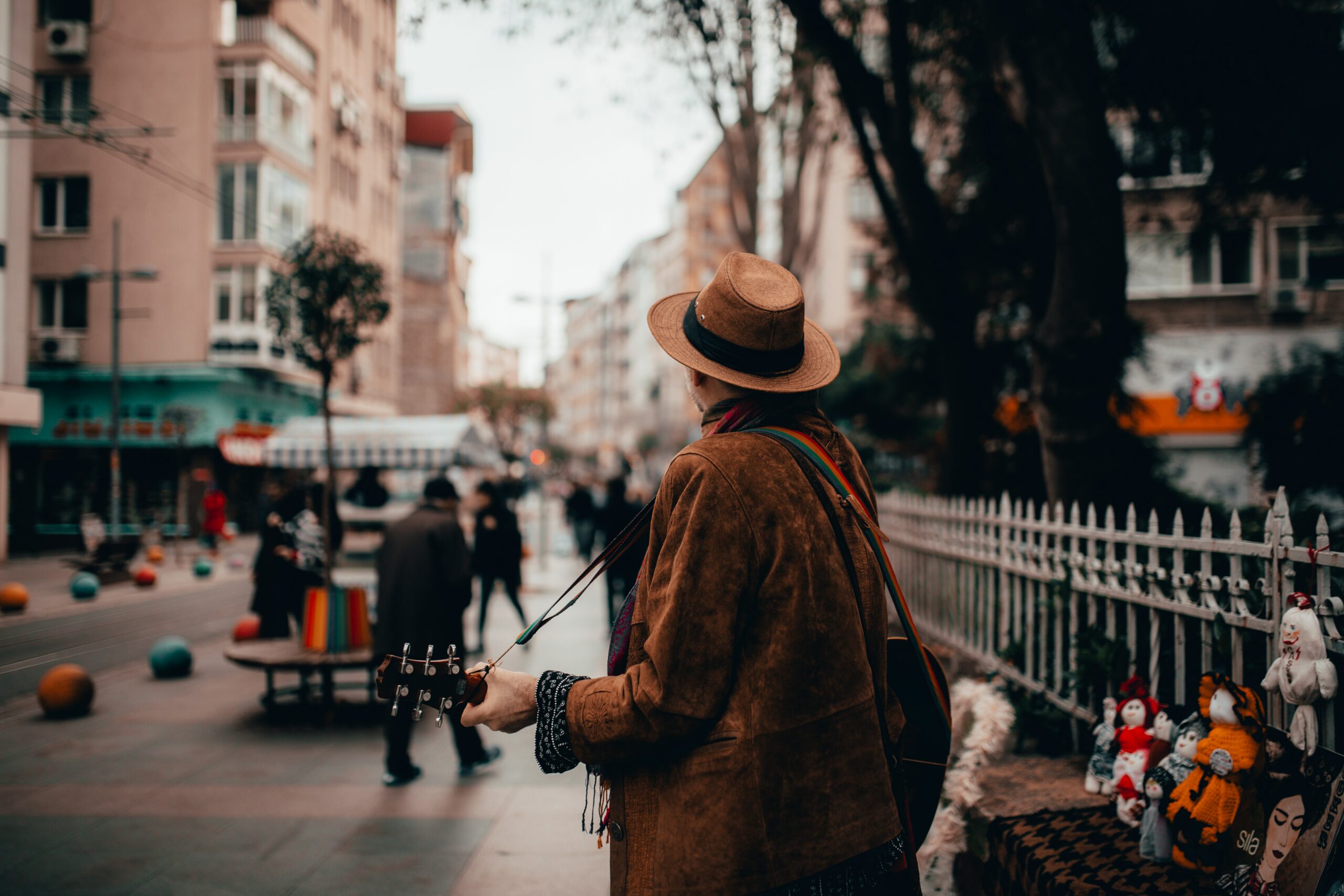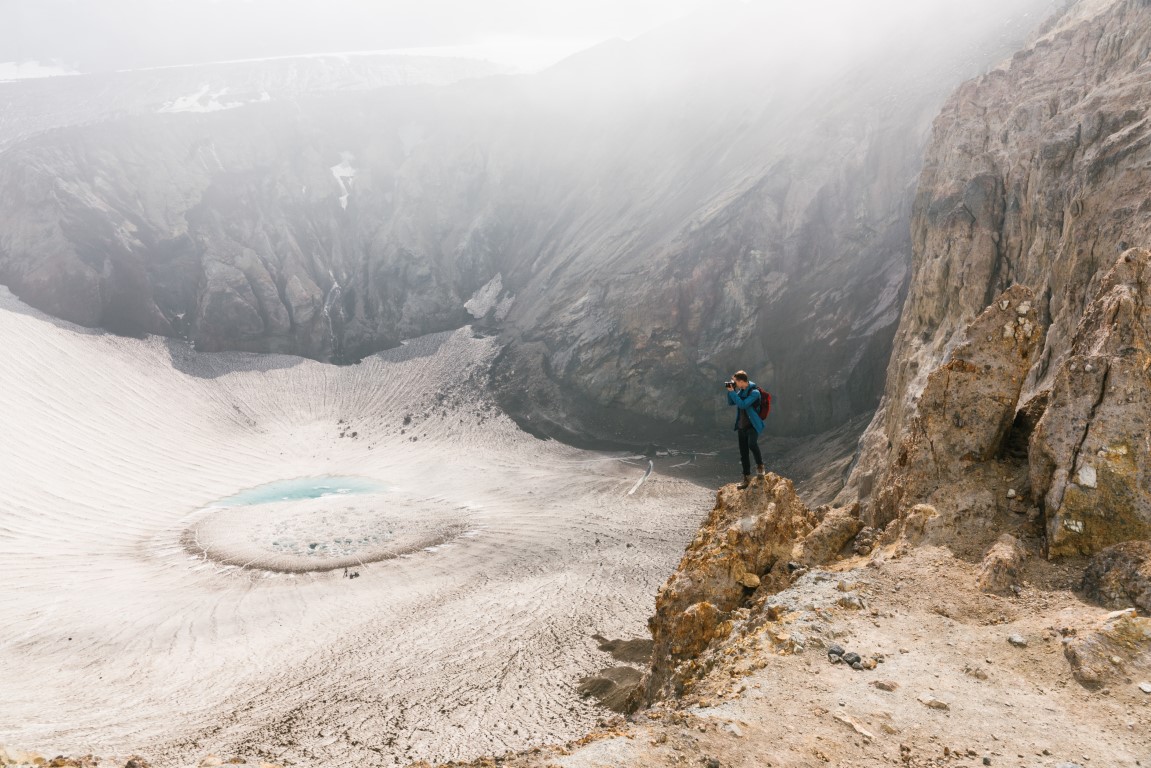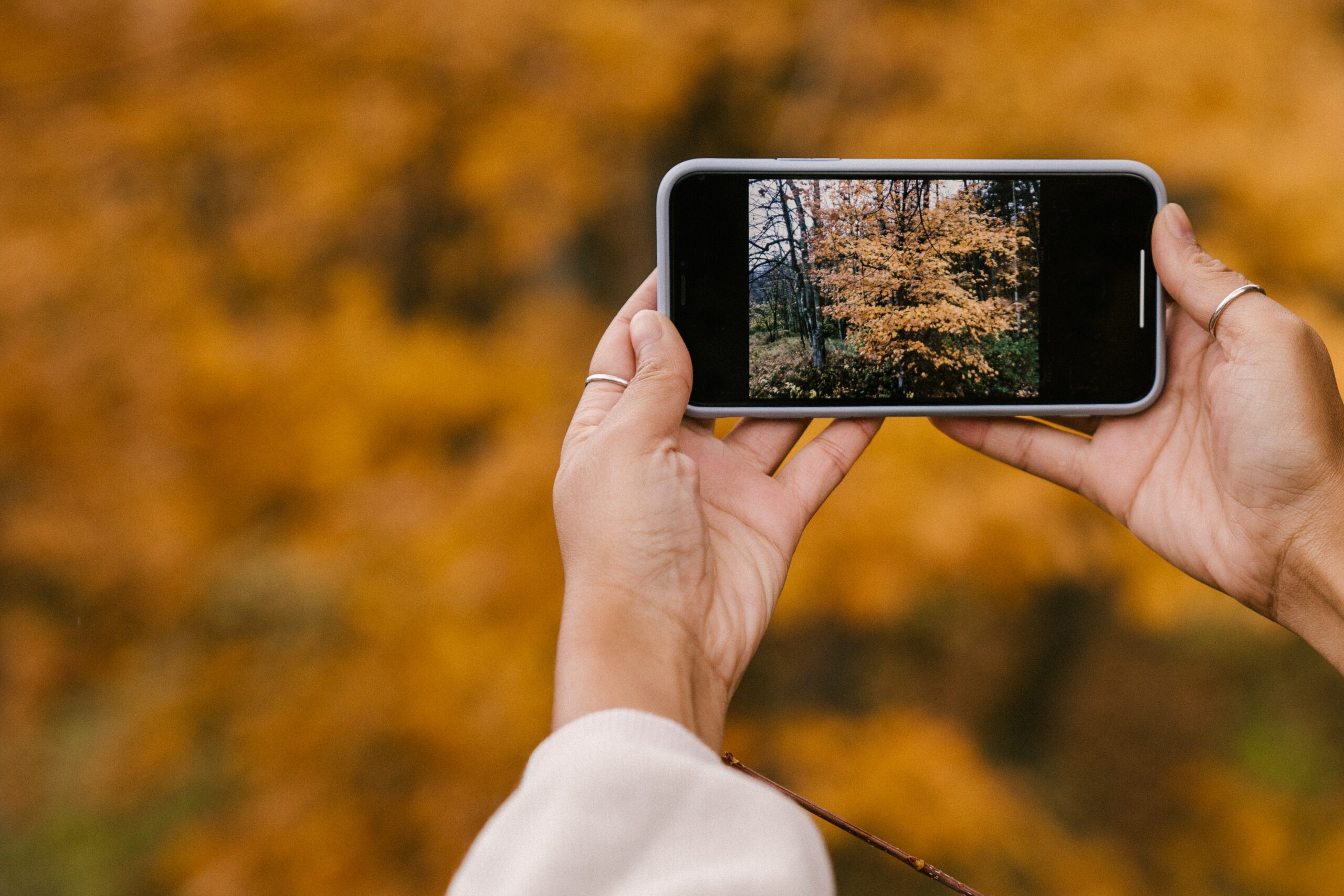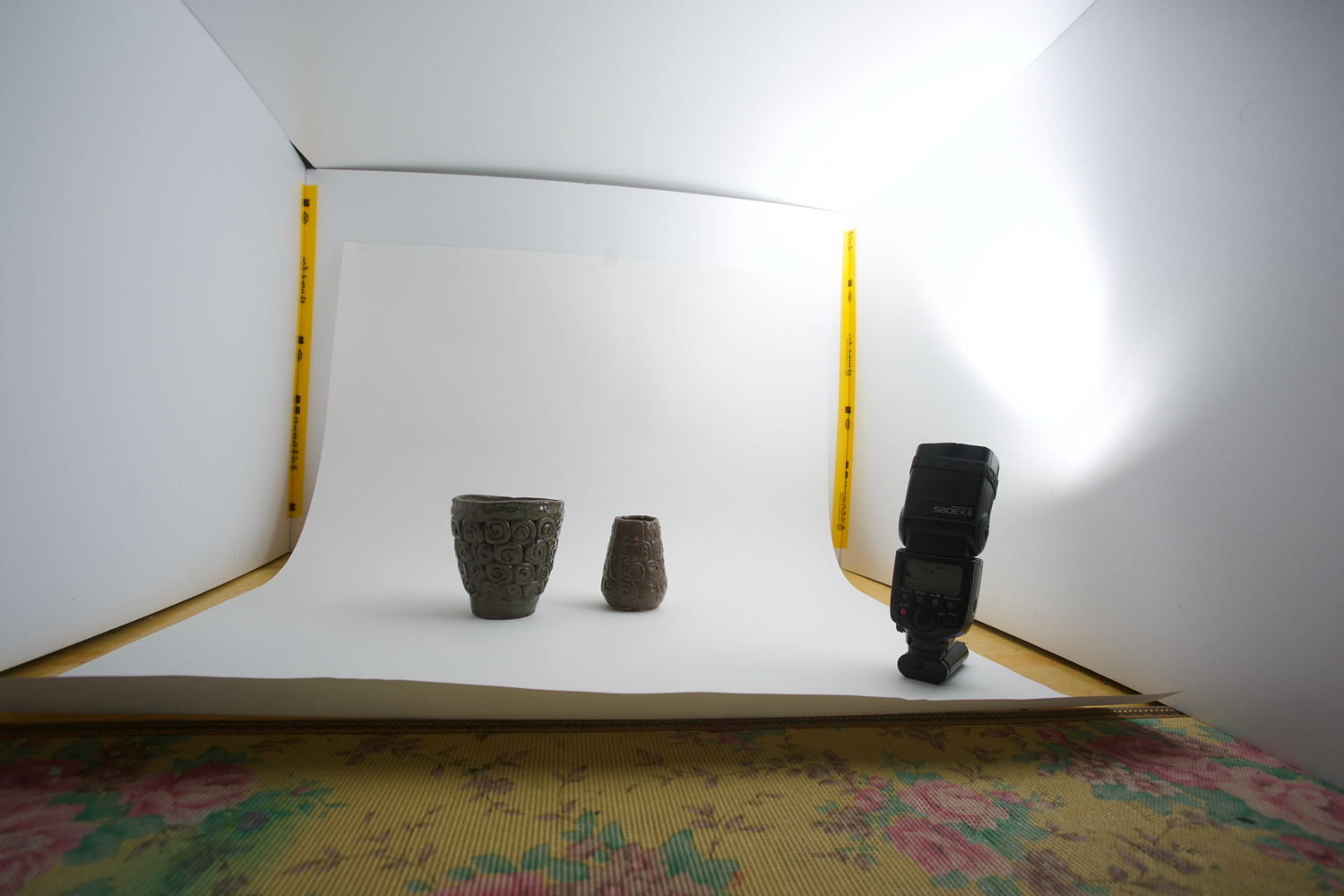Street photography is a popular genre of photography that involves capturing candid moments and scenes from everyday life in public places. It is a way for photographers to document and tell stories about the world around them. In this post, we will explore some techniques and tips for taking great street photographs. If you want to learn more about photography visit Power Shots.
First, let’s talk about the camera and equipment you’ll need for street photography. While you can use any type of camera for this genre, some options are better suited than others. For example, DSLR cameras and mirrorless cameras offer a wide range of interchangeable lenses and manual controls, which can be helpful for street photography. Film cameras can also be a great choice, as they often have a more “organic” look and require you to be more mindful of each shot.
As for lenses, a wide angle lens is a common choice for street photography. These lenses allow you to capture more of the scene in the frame, which can be useful for capturing the hustle and bustle of city streets. Prime lenses, which have a fixed focal length, are also popular among street photographers. These lenses force you to move around and get closer to your subjects, which can lead to more intimate and spontaneous shots.
Other equipment you might consider bringing along for street photography includes a tripod (for low light or long exposures), a flash (for adding fill light or creating contrast), and a camera bag (for carrying your gear safely).
Composition is an important aspect of any type of photography, and it is especially crucial in street photography. A strong composition can make or break a street photograph. Some tips for composing shots in this genre include using leading lines (such as roads, sidewalks, or railings) to draw the viewer’s eye into the frame, framing your subjects within the scene (such as using doorways or windows as natural frames), and following the rule of thirds (by placing your subject along one of the lines of the grid that divides the frame into three sections).
One question that often comes up in street photography is whether to take candid shots or posed shots. Both types of shots have their pros and cons. Candid shots can be more spontaneous and authentic, as they capture people in their natural environment. On the other hand, posed shots can be more controlled and allow the photographer to direct the scene. To take candid shots, it’s important to be stealthy and to predict the action. This means staying alert and being ready to press the shutter button at any moment.
Interacting with your subjects is another important aspect of street photography. If you want to photograph someone, it’s important to ask for their permission first. This can be as simple as making eye contact and saying “Can I take your photograph?” If they agree, go ahead and take the shot. If they decline, respect their wishes and move on to another subject. It’s also important to consider the ethical implications of street photography. You should never photograph someone without their consent, and you should be mindful of how your images might be used or perceived.
Finally, post-processing is an important step in the street photography process. This is where you can adjust the exposure, contrast, and other aspects of your images to create the look you want. Some tips for editing street photographs include adjusting the exposure to bring out detail in highlights and shadows, enhancing the contrast to create a more dynamic image, and applying selective color to draw attention to specific parts of the frame. It’s also important to avoid over-processing your images, as this can lead to a loss of authenticity.
In conclusion, street photography is a rewarding and challenging genre of photography that allows you to capture candid moments and scenes from everyday life. By using the right camera and equipment, practicing good composition, deciding between candid and posed shots, interacting with your subjects, and post-processing your images carefully, you can create powerful and authentic street photographs. With these techniques and tips in mind, we encourage you to try street photography for yourself and see what you can discover about the world around you.



